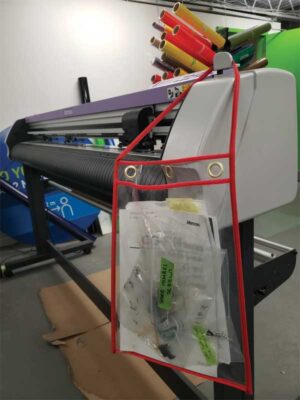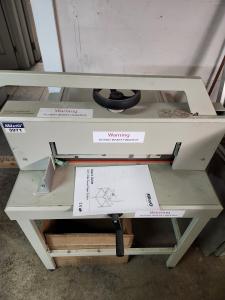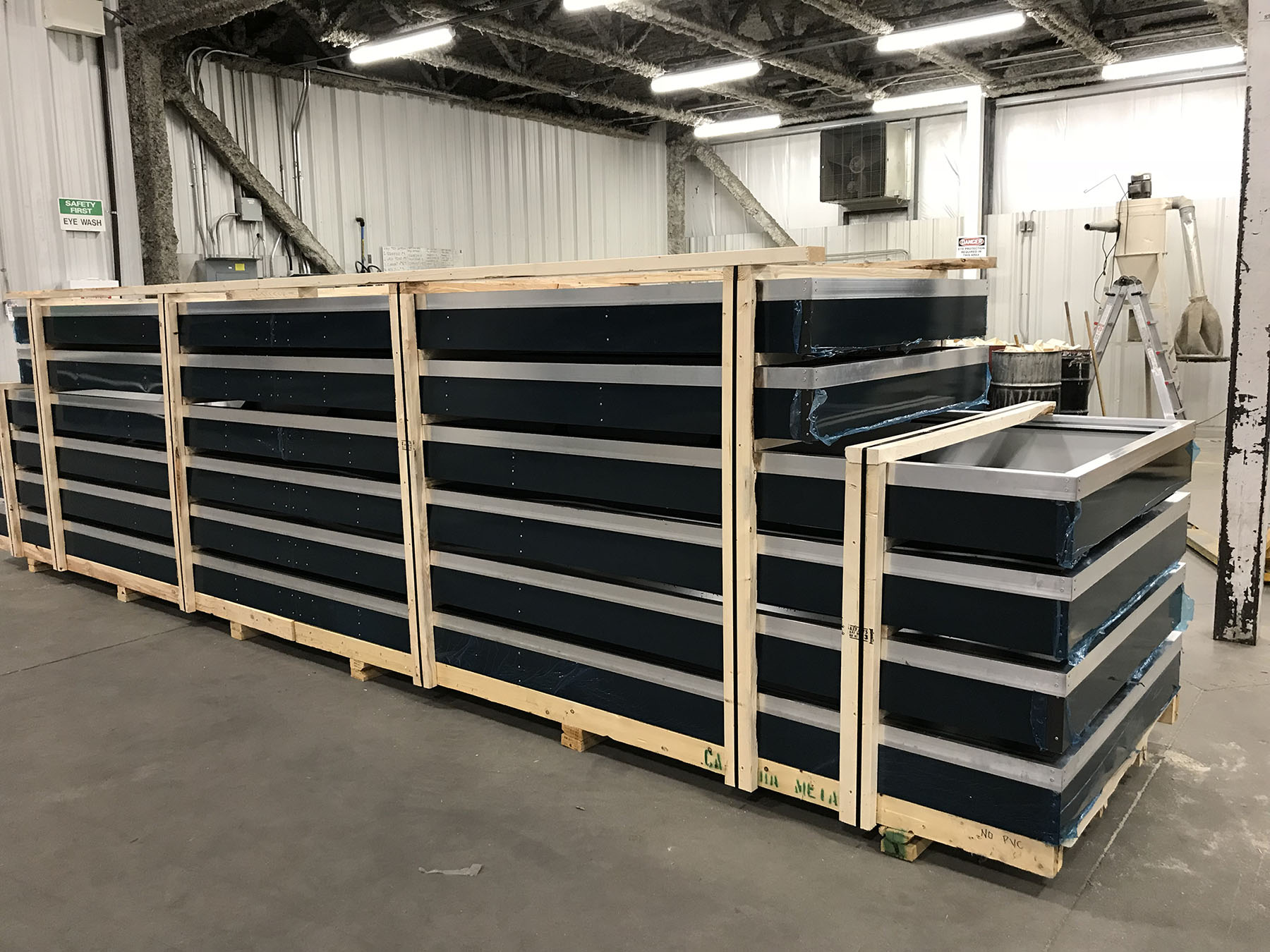Taking things in-house: What every sign shop needs to know to be self-sufficient

Another good idea for sign shops is to create a training procedure for any type of repair, along with a schedule of required maintenance, and present it to staff. This is a good time to see who is interested in becoming the company repair person. This does not have to be a full-time job, but it can be an extremely valuable asset to the company to have one of its employees take on this role. Not only will this increase their understanding for how something works, but it will also increase their motivation to keep the equipment in working order and operating efficiently, which is something they can take pride in.
A great example of how this can improve one’s skills and understanding is if they know how to change the oil in the company’s trucks, compressors, and pumps etc., they are learning a life skill they can apply at home. Using the knowledge gained from their job, one can change their own oil at home to save time and money. In doing so, one also gains more appreciation for the company for helping them save on their bottom line, too.
When one learns how to maintain a certain piece of equipment, they should record the step-by-step procedures in a booklet and attach it to the machine or keep it with the equipment so it is quick to find and easy to understand. This way, if the shop’s in-house repair person is not available, or a new staff member wants to step up and help with the maintenance, the booklet is there and ready to go.
It is also important to keep maintenance logs with the equipment to see when the last check was made, or the last oil change occurred. Shop owners should set reminders for themselves and their staff to monitor equipment regularly. In doing so, the person checking the equipment should sign their name in the maintenance log as it not only keeps them accountable, but also puts less strain on the owner knowing the equipment is being checked and the need for a costly repair is minimalized.
Maximize profits by expanding employee knowledge
When it comes to a sign shop owning its equipment, there is also the need to have training protocols in place for every machine. This can be considered both a pro and a con. Yes, training takes a lot of time, patience, and confidence. This can be painstaking and costly but, in the long run, the sign shop is adding valuable skills to its team, which can translate into greater job performance, better problem-solving skills, and increased confidence in the task at hand.
The term ‘spend money to make money’ rings true. Every sign shop owner knows how much time and money it takes to train staff properly—especially when third-party training is encouraged. Whether it be brushing up on an accounting program, taking a course on a new 3D rendering software, or taking a skilled driving course to upgrade one’s license to operate a DZ-rated truck, by trusting the staff’s ability to retain this new knowledge and allowing them to exercise their new skills and share it with other employees, it can not only help a business grow, but also reach new achievements that were once unattainable.
Further, some sign shops may be able to reduce the number of subcontractors it was using prior to its staff becoming more proficient and confident in their new abilities. Some may also find they have more lead hands and less general labourers and, as a result, it could potentially allow a sign shop to handle an increased workload at a reduced operating cost because there is no longer a need to rent equipment, hire subcontractors, or outsource. By having more equipment in the shop, some staff may even gravitate to a new skill they never knew they would be able to possess, which can give them more appreciation for their job.
It is all about keeping staff and new equipment productive. One should look at their equipment as they would an employee, whereby making sure they are always as productive as possible. If the business is not operating at 100 per cent, sign shop owners should not only ask themselves why, but also what it is they can do to increase productivity. One may find they may need to adjust their sales targets at any given time to offset the loss of productivity.
Mark Wallis is one of the owners of Signature Sign & Image in Niagara Falls, Ont. He is also the director of safety and installations for the Young Professionals Network (YPN). Wallis can be contacted via email at mark@signaturesigns.ca. For more information on the YPN, follow the group on Instagram @ypncanada.






